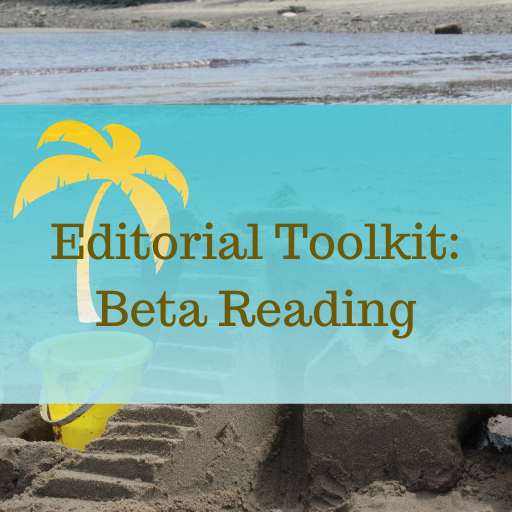Helping Clients Understand the Differences Between Beta Reading and Developmental Editing
Authors often use beta readers to give them feedback on their work and I think this can be a great way for them to get a sense of a reader’s experience of the novel.
Some editors offer beta reading as a lower-cost service for authors. And this can be a great way to give authors a way to get to know you without their having to invest thousands of dollars in your services.
But if you also offer developmental editing services, it’s crucial to clearly define the differences between beta reading and developmental editing so that potential clients understand what they’re getting and can choose the best approach.
What Beta Reading Is
A thoughtful reader can tell an author what they liked about the work, where they got confused, plot events that struck them as implausible, scenes where the pacing might be off, characters they struggled to understand, and so on. They can convey their reader expectations (“I was hoping for more twists and turns in the mystery” and “I wanted you to explore the story world more”) and let the author know if they’ve hit the mark regarding genre conventions.
For many writers, that’s enough information to do a good revision. Because it doesn’t take an editor too much time to deliver this feedback (basically the amount of time it takes to read the book plus a little extra to write up a report), editors can charge less for this service than they would a developmental edit.
What Developmental Editing Is
But sometimes an author would save time and frustration by hiring you to do a developmental edit in the first place. That’s because frequently they need expert feedback. Not just your reader reaction, but your editorial judgment and recommendations.
Here’s a story to help me explain. A while back, I went to my primary care doctor because of a suspicion-looking skin condition. He examined the area but didn’t make a diagnosis. He sent me to a dermatologist, who told me ten seconds after looking at the problem exactly what it was and how to treat it. It was so easy and straightforward I wished I’d gone directly to him in the first place.
An expert editor has seen all kinds of manuscript conditions and can identify most issues right away. That’s the value you bring to a client. You will be able to clearly describe not just what is going wrong (“the pacing is slow”) but why it’s going wrong. And you’ll be able to provide a clear plan of action for the author to follow during their revision process.
My primary care physician could probably have diagnosed my situation by relying on what he learned in medical school and looking at a couple of textbooks and maybe calling up a colleague. But neither he nor I would have been as confident about the diagnosis and treatment plan as I was when I went directly to the expert.
So, in describing how DE is different from beta reading, I would highlight your editorial discernment as well as your ability to diagnosis and treat (that is, suggest solutions) for developmental problems.
Making the differences crystal clear will help authors understand why they should pick one service over the other.
Join the Club!
New to story editing? Begin at the beginning.




